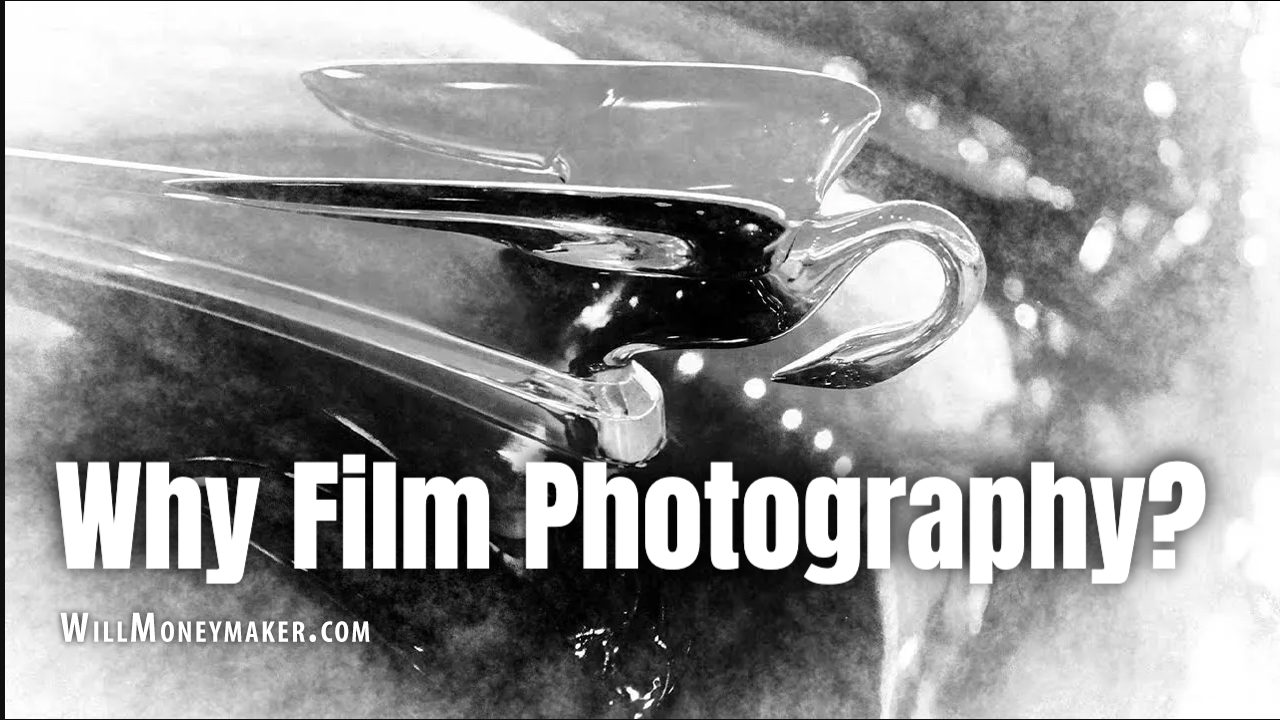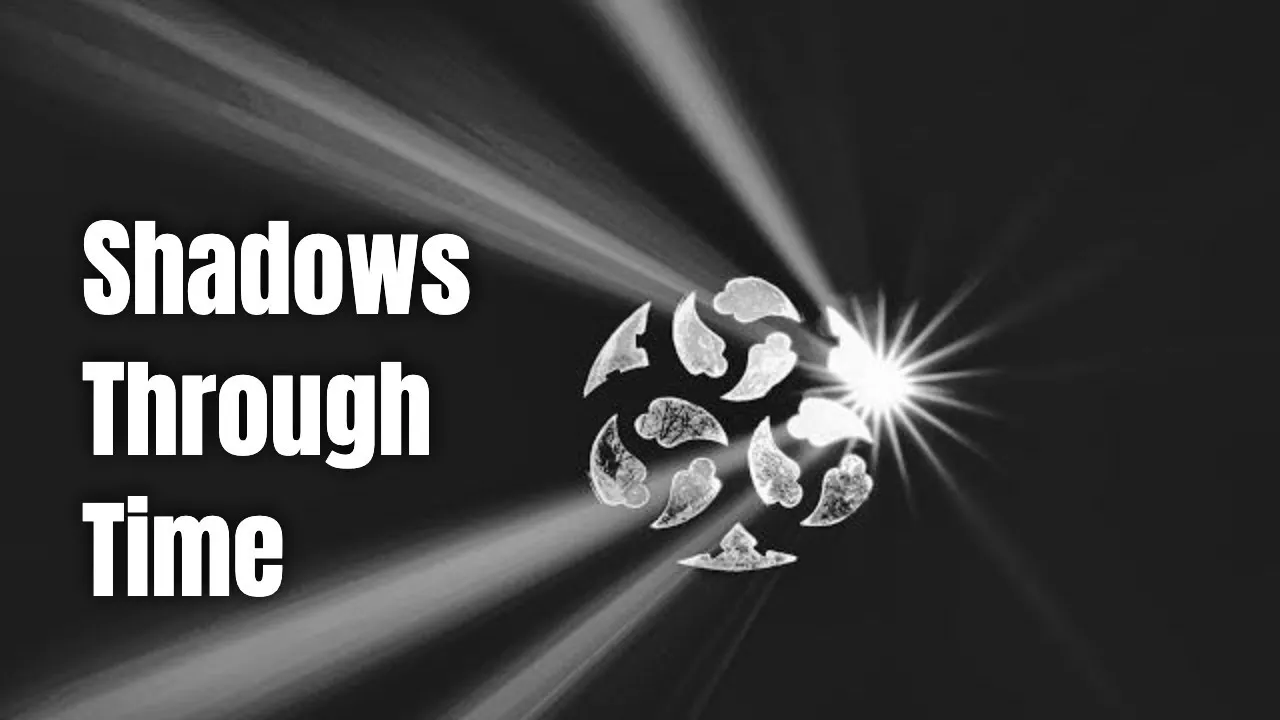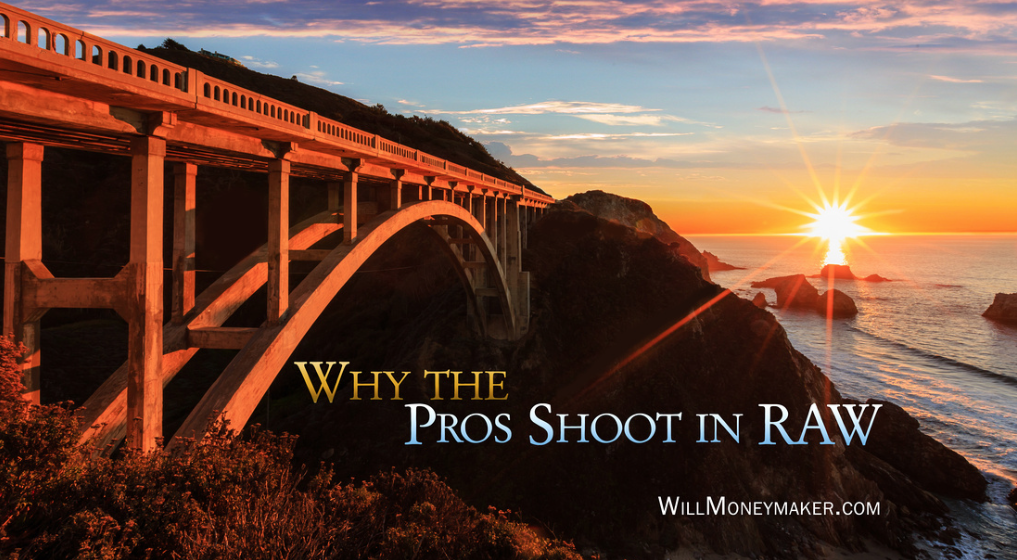One thing that isn’t discussed often is the different phases that photography, as an art, has been through. Art prior to photography, for instance, has a long history with several distinct periods. Classical Antiquity, came directly before Renaissance Art, which was followed by the types of art that were produced during the Age of Enlightenment — Rococo, Neo-Classicism, and others. Photography has distinct periods like this, but the art form isn’t nearly as old, so they are fewer and shorter.
To date, we have passed through three distinct phases: traditional photography, modern photography, and postmodern photography. Some would even argue that we have moved on from postmodern to post-postmodern, but that is a discussion for another time. For now, let’s take a look at each of the unique phases and the kinds of photography that they are known for.
Traditional Photography
Photography started as a science. It was discovered that with light, and the right chemicals, you could document the world. Once this new science became more refined, however, creatives started using it to create art, and traditional photography was born. This type of photography features things like sweeping landscapes, still life images, portraiture that adheres to strict artistic guidelines, and so forth.
An example of a traditional photographer would be Ansel Adams. His photos have the documentary quality that the first scientific photographic images featured, but they are also more than that. Rather than simply documenting, Adams’ work is meant to show you the great beauty of nature. Unlike modernism and postmodernism, traditional photography doesn’t necessarily require deeper meanings. Traditional photography’s purpose is often nothing more than to showcase beautiful subjects in an artistic way. This is done through adherence to compositional rules, stark contrasts in color and tone, and so forth.
Modern Photography
Modern photography is really where we start to see the deeper meanings behind the imagery. It isn’t dissimilar to modernist painting in that the work is often conceptual. Among painters, Picasso’s work, particularly that which came after his Cubist phase, is considered modernist. Not necessarily realistic, but a conception of reality that bears deeper meaning. In modernism, you’ll find scenes of great beauty, but they are often arranged to make you think about more than the scenery that you are looking at. There is also a lot of abstraction, and photographers of this period also started experimenting with effects like motion blur to add to the images.
Henri Cartier-Bresson is the perfect example of a modernist. To get a sense of what modernism is all about in photography, look at Bresson’s photo of a cyclist. From first glance, you’ll see that this image is not so much about documenting everyday activities as it is about making you think more deeply.
Postmodern Photography
Postmodern photography arose in the second half of the 20th century, and it encompasses a variety of themes. First and foremost, postmodernism builds on the themes and conceptual ideas that began during the modernist period. This type of photography also often features surrealism, expressionism or other similar themes. Finally, we also sometimes see a departure from traditional rules of art. Compositions might break rules by placing subjects in odd arrangements, or there may even be an absence of a definitive subject.
An ideal example of the kinds of abstraction, unconventional compositions, and surrealism that you might see in postmodern photography is Ken Josephson’s Drottningholm, Sweden image. Bear in mind that this type of image is by no means the extent of postmodernism — instead, you’ll find an unending array of genres, subjects, and photographic styles.
Which Period is Right?
Photographers often question whether they should be creating images that belong to one period or another, but honestly, the choice is up to you, and there is no reason to stick with only one. I myself have taken plenty of traditional images because sometimes simple beauty is enough. However, when the need to be more thoughtful arises, I don’t hesitate to create according to the standards of modernism or postmodernism.
Other photographers wonder if they can somehow bridge the gap between traditional and modern or postmodern imagery. In my opinion, no, this cannot be done because once you start adding something conceptual to the work, it is no longer a simple, traditional, documentation of reality. By default, anything with an abstract or conceptual bent falls into the modern or postmodern categories.
When it comes right down to it, choose the subjects and styles that you feel like working within the moment. Of course, gallery owners will tell you that postmodern photography is the only way to go because that is the current style. It is what happens to be selling for the most money because it is the thing that art collectors want to see. This doesn’t mean that there isn’t a market for photography from older periods. In fact, I think that all three types of photography are equally important to both photographers and art enthusiasts, and they should be expressed at the discretion of the photographer who is taking the photos.
In fact, I encourage photographers to try all three: traditional, modern, and postmodern. There is something to be learned from each period. Traditionalism, for instance, will teach you all about compositional rules because, in large part, that is what traditionalism is — following the rules to document the things that you see.
Modern and postmodern photography will teach you how to bend those rules that you’ve learned. In addition, you’ll also learn how to think in the abstract, and how to use various effects to enhance the meaning of the work that you are producing.
The bottom line is this: All three types of photography are valuable. They will each teach you something unique, and even though trends dictate that the art world wants to see postmodernism, you’ll find that plenty of other people will enjoy photography of all types.





